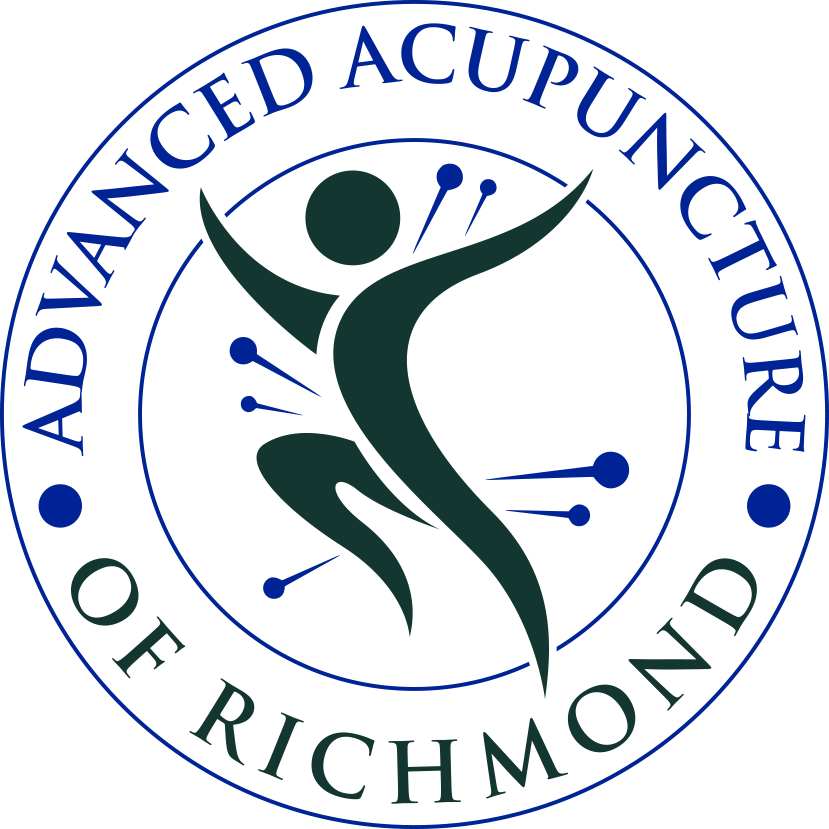What is it? Empirical Acupuncture (EA) is a style of acupuncture that is uniquely effective at comprehensive diagnosis and treatment. As an acupuncture system, it is distinct from Traditional Chinese Medicine (TCM), in that diagnosis and treatment are driven by palpation and the effects are near instantaneous. While it is very effective at “pain management,” it moves beyond “managing pain” to discerning the relationship between patterns of pain and the loss of integration within the body. Loss of integration in a body reflects its propensity to make choices that are not in its best interest due to confusion or damage. Practitioners and clients come to recognize how organ and emotional imbalances express themselves in patterns of tightness and pain across the body, often under-girded by past trauma. Unlike TCM, where the effects are hoped to be obtained subsequent to the treatment, EA quickly discerns patterns in the body and initiates palpable change by giving the body clear instructions through the acupuncture of how the body can run more efficiently. This immediate feedback loop optimizes results without the risks associated with needling directly into painful areas.
Empirical Acupuncture: Efficient and Scalable
The history of acupuncture and veterans has been informed by its use in pain management and by the exposure of veterans to acupuncture while serving in Asia. As a medical service, it continues to be sought after, despite the fact that the delivery of the service has been neither consistently available or consistently effective. As the expansion of acupuncture continues, it is imperative that the most promising forms of acupuncture be studied and systematized, to scientifically establish best practices for our given population.
Empirical Acupuncture has a unique role to play role in the treatment of PTSD because the method efficiently assesses somatic imbalances in the body and provides actionable ways for the body to up-grade its physiology, guiding the body back to systemic integration. The treatment is non-invasive, reproducible and can be systematically taught to medical professionals, greatly improving outcomes across the veteran population.

